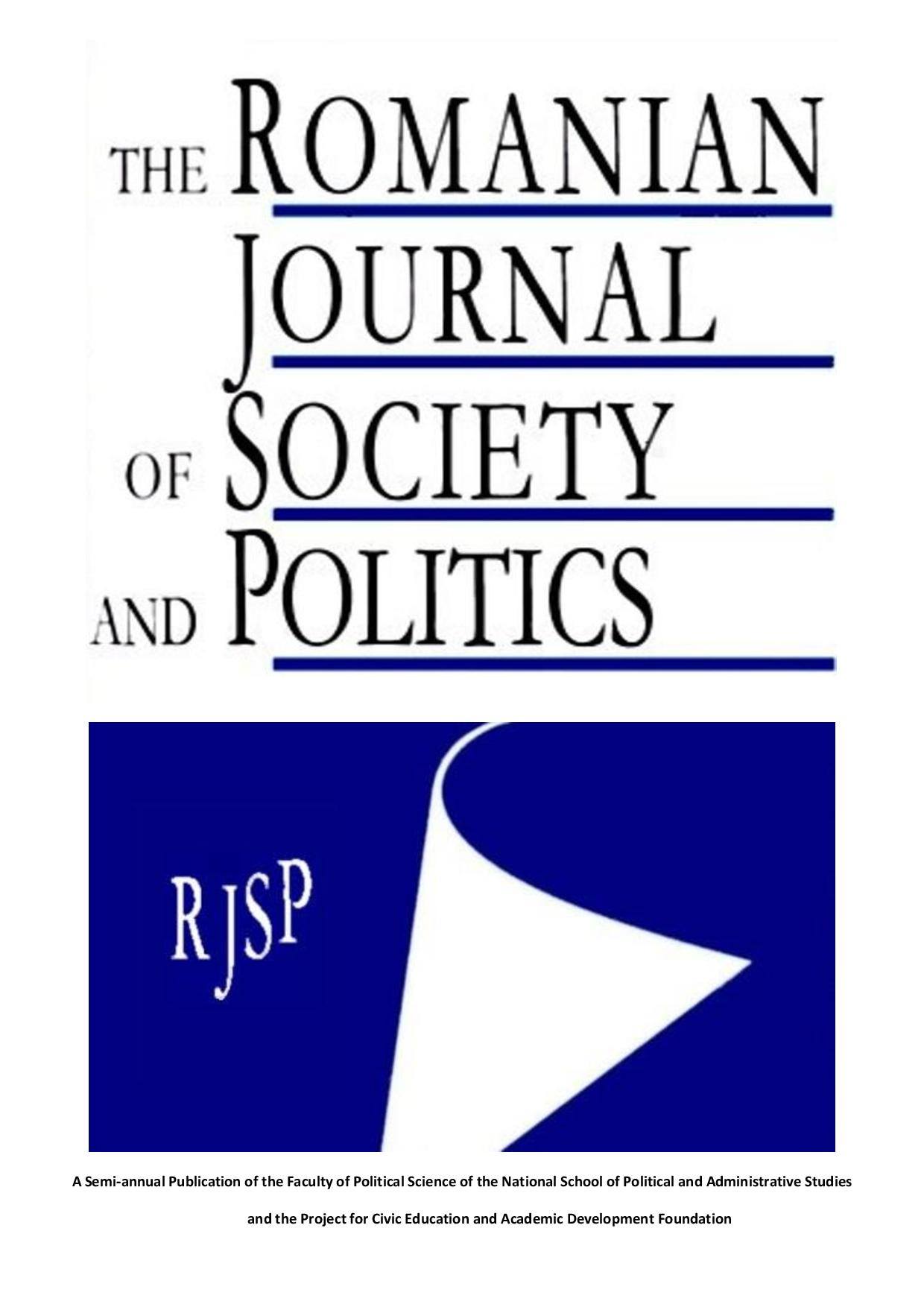THE ROLE AND RATIONALE OF THE NUCLEAR NON-PROLIFERATION TREATY IN THE TWENTY-FIRST CENTURY
THE ROLE AND RATIONALE OF THE NUCLEAR NON-PROLIFERATION TREATY IN THE TWENTY-FIRST CENTURY
Author(s): Tom CoppenSubject(s): Politics / Political Sciences, International relations/trade, Geopolitics
Published by: Scoala Nationala de Studii Politice si Administrative (SNSPA)
Keywords: International arms control law; Non-proliferation Treaty; Review conferences; International organizations
Summary/Abstract: Much has been written about perceived weaknesses of the NPT and thechallenges it has been facing over the last decades. Analysing the mostimportant provisions of the NPT, this article demonstrates how the treatyhas managed to maintain its central role in the non-proliferation regimesince its conclusion, and how it retains enough flexibility within its reviewmechanism and its managerial approach to supervision to keep this positionfor the decades to come. The theoretical framework of the article is formed bytheory of arms control law, relevant features of which are: a large influenceof politics and national interests of states on the rule of law; its flexibleyet treaty-based nature; and the distinctive role of supervision in orderto ensure compliance with primary rules. The article analyses key NPTprovisions. Based on Article VIII, the NPT Review Conferences have bothan important political and legal function. They are the NPT’s mechanismfor review, implementation and supervision; in legal terms, they enable theevolution of the NPT based on subsequent agreement and practice. TheNPT articles on non-proliferation and disarmament illustrate how the NPThas evolved to close off loopholes (Articles I and II) and retains its flexibilitywhilst providing a global platform for negotiations on nuclear disarmament (Article VI). Article III evolved and must be understood to oblige NPTstates to sign an Additional Protocol (AP) with the IAEA. Article IV setsthe parameters for the peaceful uses of nuclear energy, but leaves room fornegotiation and conflict. The supervision of the NPT, illustrated by the caseof Iran, is a complicated process involving international organisations such asthe IAEA and the UNSC; while these may play important roles, however,the enforcement of the NPT is ultimately left to the NPT states themselves.
Journal: Romanian Journal of Society and Politics
- Issue Year: 7/2012
- Issue No: 2
- Page Range: 95-120
- Page Count: 26
- Language: English

